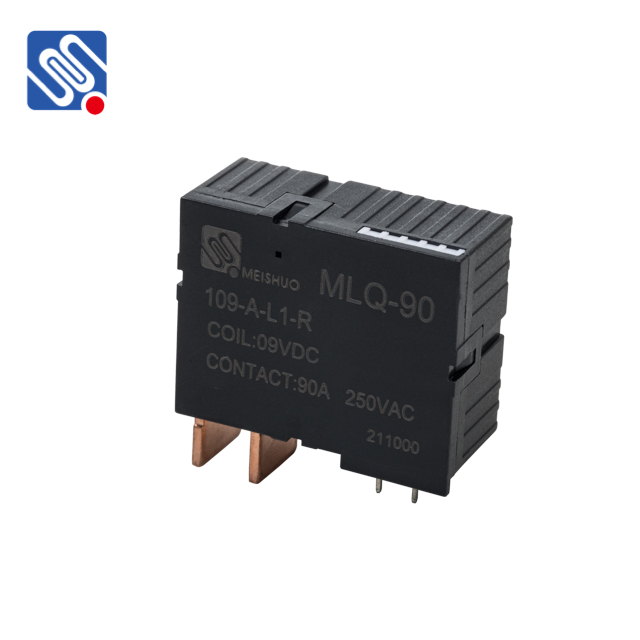Bistable relays, often referred to as double-throw or latching relays, are a unique type of relay that operates in two stable states. Unlike conventional relays, which require continuous electrical current to maintain their position, bistable relays hold their position once they have been switched. This feature makes them extremely useful in applications where power efficiency and long-term stability are critical. In this article, we will delve into the workings of bistable relays, their advantages, and various applications in modern technology.

Working Principle of Bistable Relays At the core of a bistable relay is the concept of having two stable states, which allows the relay to “latch” in one state and only require an electrical pulse to switch to the other state. The relay consists of a coil and contacts, but unlike a traditional relay, it has two electromagnets. Each electromagnet is responsible for one of the stable states. When a pulse of current is applied to one electromagnet, the relay switches to the corresponding state and remains in that state without requiring any further power. In simpler terms, bistable relays operate by receiving a brief electrical pulse, which causes them to toggle between the “on” and “off” states. Once switched, the relay stays in its current position even when the power is turned off. This behavior is a stark contrast to conventional relays, which require continuous power to maintain their state. The bistable relay only needs to be energized once to switch states, saving energy and enhancing system reliability.